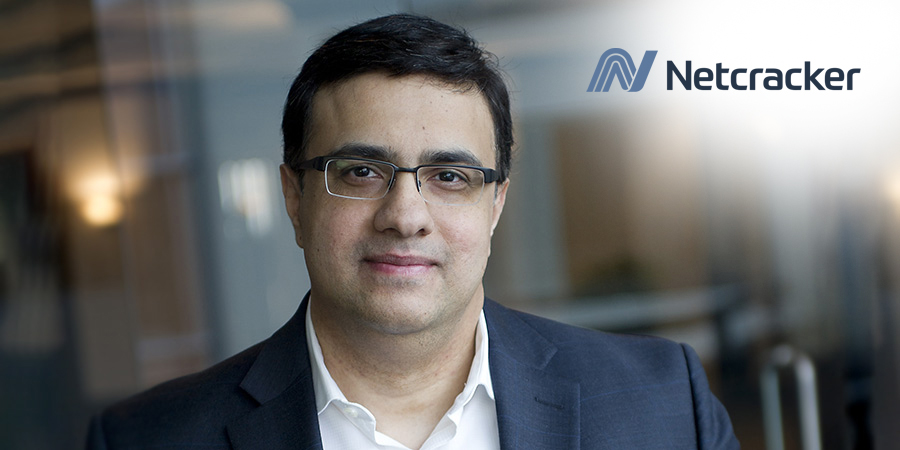By Ari Banerjee, Senior Vice President of Strategy, Netcracker Technology
Communications service providers (CSPs) have a chance to play a central role in the development of new thinking around the way goods and services are made and distributed. For most of their existence, CSPs have played the role of utilities, mostly selling connectivity and finding different ways to monetize it. However, in the 5G and digital era, the monetization strategy must change to one that focuses on quality of service (QoS) and experiences, where partnerships will be critical.
5G will also unlock new revenue opportunities for B2C, B2B and B2B2X scenarios and support a wide range of SLA-based monetization. This could include being able to charge for services based on any attribute, such as device type, latency or throughput. But to do this, CSPs will need new charging engines that go beyond the flat-rate business models of the past.
By embracing 5G convergent charging solutions, CSPs can gain the true value of standalone 5G. Converged charging needs to become dynamic and flexible to incorporate all of the new variables from next-generation services while maintaining transparency, precision and simplicity. This telco-grade accuracy is essential for fostering trust across the value chain and making multi-party business cases a practical reality.
But how is charging for 5G different than for previous networks, and what will CSPs need to monetize partner ecosystems in the 5G era? The following is a checklist of what we think are the key criteria for the future success of 5G charging:
- Monetize every 5G attribute
In the growing area of 5G network slicing, telcos should have the flexibility to apply slice-specific charging by device type or by session quality (based on QoS information or SLA). And this should extend to access-based fees — one-time charges for registrations in a specific network slice. Also, to enable new 5G use cases, the convergent charging system (CCS) should have the ability to interact with multiple 5G network functions — AMF, NEF and NWDAF — and evolving functions not yet specified by 3GPP.
- Require little or no customization
The promise of 5G lies in its ability to transform multiple verticals and support new ones. For telcos to grasp these opportunities, they need to be flexible. They cannot rely on the dedicated development and heavy customization of traditional online charging systems. Instead, they should build CCSs that are truly adaptable. That demands a system with intuitive GUI-based, no-code configuration.
- Charge for new units of value
If the future is all about quality of service, then telcos must consider what they are charging for. The megabyte may have been right for the 3G and 4G eras, but 5G demands a more imaginative approach. Consider the example of HD video streaming or cloud gaming. Here, it might be more appropriate to charge by the length of the session rather than by the data consumed. What’s more, CSPs must be able to extend this charging capability to their B2B partners.
- Support low-latency edge use cases
Low latency at the edge is the ‘superpower’ of standalone 5G. It will be the factor that makes possible the most advanced new industries where lag cannot be tolerated — autonomous driving and telehealth, for example. With this in mind, the mobile industry developed the Ultra-Reliable Low Latency Communications (URLLC) standard. When it comes to charging, CSPs must distribute their URLLC system capabilities to the edge. This way, they can identify discrepancies and take action to meet guaranteed service levels. In addition to that, in the context of edge-based services, charging has to not only cover telecom network usage but also extend to adjacent services. Take, for example, a service that contains elements of network consumption alongside mobile edge compute utilization. Subsequent charging for that service must clearly and accurately reflect both the network usage and the compute resource consumption.
- Turn charging itself into a profit center
If a charging system has the power to unlock new revenue opportunities, it follows that it can become an asset in itself. Forward-thinking CSPs are already looking at how to turn their platforms into profit centers. By developing charging-as-a-service, they can generate new revenue from a multitude of partners.
- Respond in real time to changes
Flexibility is one of the great benefits of 5G convergent charging solutions. A legacy system might provide some smart capabilities, but with cloud-native online charging, the analytical intelligence is baked in. This makes a huge difference. It lets the CSP monitor supply and demand, anticipate changes in customer behavior, optimize available hardware resources and price dynamically.
A new era characterized by flexible and dynamic systems is coming. CSPs that invest in 5G convergent charging solutions now will receive a return on their investment many times over. And they might even play a central role in a 21st-century industrial revolution.










